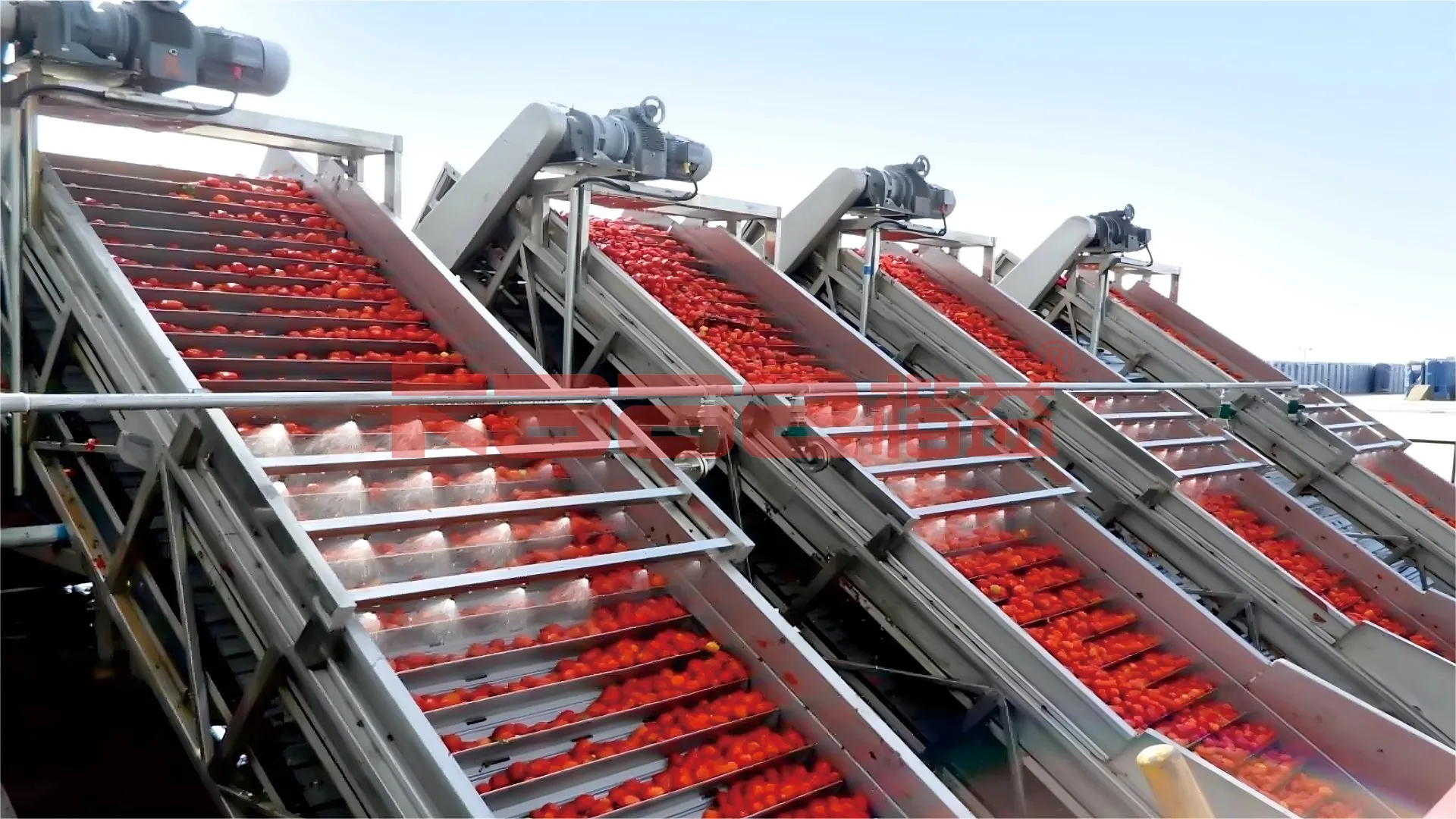A tomato paste processing line is a complete set of equipment designed to convert fresh tomatoes into high-quality tomato paste, puree, or ketchup. With the global demand for tomato-based products continuously increasing, advanced processing lines ensure efficient production, consistent quality, and compliance with international food standards.
What Is a Tomato Paste Processing Line?
The tomato paste processing line integrates multiple steps, from fresh tomato reception to final paste packaging. It is suitable for both large-scale industrial plants and medium-sized food factories. The line can process tomatoes into tomato paste, tomato puree, ketchup, tomato sauce, and concentrated tomato products.
Main Processing Steps
- Tomato Reception and Washing
Fresh tomatoes are received, washed, and sorted to remove dirt and defective fruits. - Crushing and Pulping
Tomatoes are crushed, and pulping machines separate seeds and skins, leaving smooth tomato pulp. - Pre-heating and Refining
Pre-heating inactivates enzymes and enhances color. Refining ensures uniform texture. - Evaporation and Concentration
Vacuum evaporators remove excess water, producing different concentration levels (28–30% brix, 36–38% brix). - Sterilization and Aseptic Filling
UHT sterilizers guarantee food safety. Aseptic filling systems extend shelf life without preservatives. - Packaging
Final products can be packed in aseptic bags, tins, bottles, or sachets, depending on market needs.
Key Features of Tomato Paste Processing Line
- High Efficiency – Continuous operation with stable output.
- Flexible Production – Supports various tomato-based products.
- Hygienic Design – Stainless steel structure with CIP cleaning system.
- Energy Saving – Advanced evaporators reduce energy consumption.
- Consistent Quality – Retains natural color, taste, and nutrients.
Applications
Processed tomato paste can be used in:
- Ketchup and sauces
- Ready-to-eat meals
- Soups and condiments
- Pizza and pasta sauces
- Canned food industry
